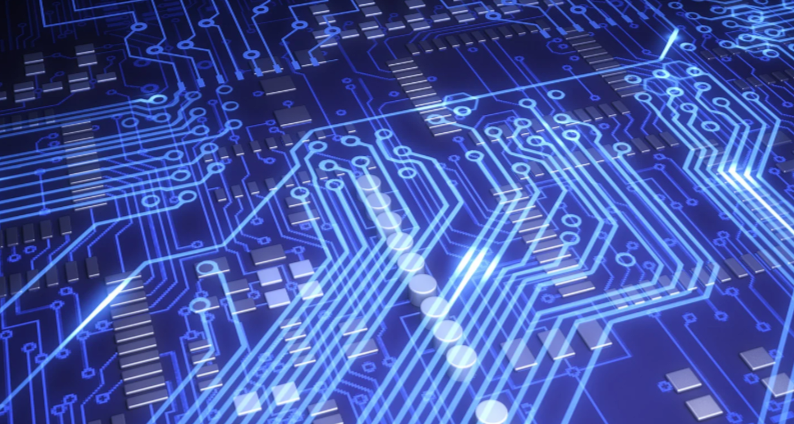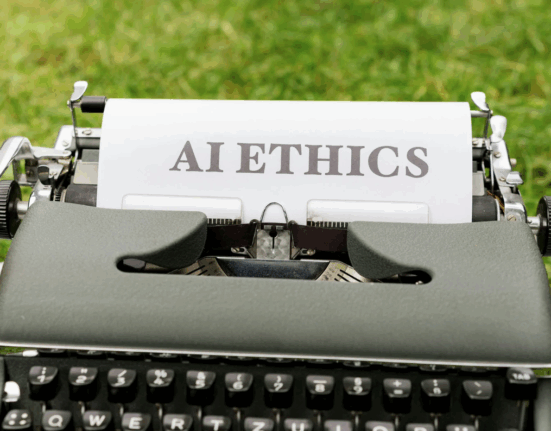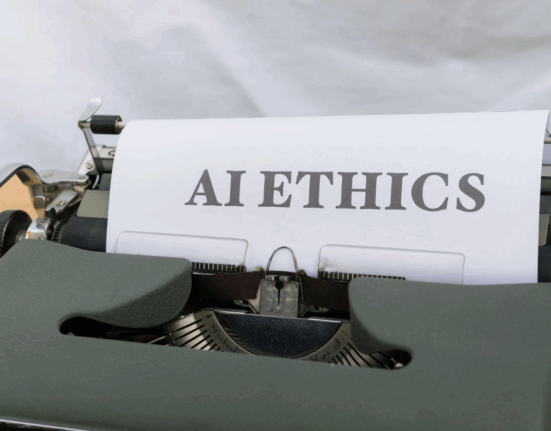Introduction: Why Upgrade Legacy Surveillance?
Legacy surveillance systems have kept businesses and cities secure for decades, but today’s security challenges demand more. Computer vision surveillance brings AI-driven intelligence to outdated systems, enhancing monitoring, reducing errors, and extending infrastructure value.
What Is Computer Vision Surveillance?
It’s the use of AI algorithms to analyze video feeds, detect patterns, and automate decision-making in security systems.
Benefits of Adding Computer Vision to Legacy Systems
Improved Accuracy
AI detects anomalies faster and reduces human error.
Real-Time Alerts
Systems provide instant notifications for faster response.
Cost Efficiency
Upgrades extend hardware lifespan instead of requiring full replacement.
Scalability
Computer vision adapts to growing networks of cameras.
Challenges in Modernizing Legacy Surveillance
Hardware Compatibility
Older cameras may not support advanced processing.
Bandwidth Limitations
AI requires high data throughput for real-time video.
Data Privacy Concerns
Regulations like GDPR or HIPAA add compliance challenges.
Implementation Costs
Initial setup and training can be expensive.
Steps to Upgrade Legacy Systems with Computer Vision
1. Assess Current Infrastructure
Evaluate hardware, storage, and network capacity.
2. Define Security Objectives
Clarify whether you need anomaly detection, license plate recognition, or facial recognition.
3. Select Integration Tools
Use platforms like OpenCV, TensorFlow, or vendor APIs.
4. Deploy Edge or Cloud AI
Choose edge devices for local processing or cloud AI for scalability.
5. Pilot and Scale
Test on a small scale before rolling out across the entire system.
Applications of Computer Vision Surveillance
- Facial Recognition: Access control for secure areas.
- License Plate Recognition: Parking and traffic monitoring.
- Anomaly Detection: Identifying suspicious movements or patterns.
- Crowd Monitoring: Enhancing safety in public spaces.
Case Study: Citywide Surveillance Upgrade
A municipality integrated computer vision into its legacy CCTV system. False alarms dropped by 35%, and response times improved significantly.
Best Practices for Success
- Partner with experienced AI vendors.
- Train staff on new tools and workflows.
- Ensure compliance with privacy regulations.
- Monitor system performance continuously.
Future Trends in Computer Vision Surveillance
Edge AI Deployment
Processing video locally for instant analysis.
Explainable AI
Building transparency into detection systems.
IoT Integration
Smart devices linking seamlessly with security networks.
Predictive Security
AI forecasting incidents before they occur.
Conclusion: Smarter Surveillance for a Safer Future
Upgrading legacy surveillance systems with computer vision is a cost-effective path to modern security. By adding AI intelligence to existing infrastructure, organizations gain accuracy, efficiency, and scalability — without starting from scratch.
FAQ
1. What is computer vision surveillance?
It’s AI-powered video analysis that enhances legacy surveillance systems.
2. Why upgrade legacy systems with computer vision?
To improve accuracy, reduce errors, and extend hardware lifespan.
3. What challenges come with integration?
Hardware compatibility, costs, and data privacy compliance.
4. How do you start upgrading surveillance systems?
Assess infrastructure, set goals, and pilot computer vision tools.
5. What future trends shape computer vision surveillance?
Edge AI, IoT integration, and predictive security are key trends.








